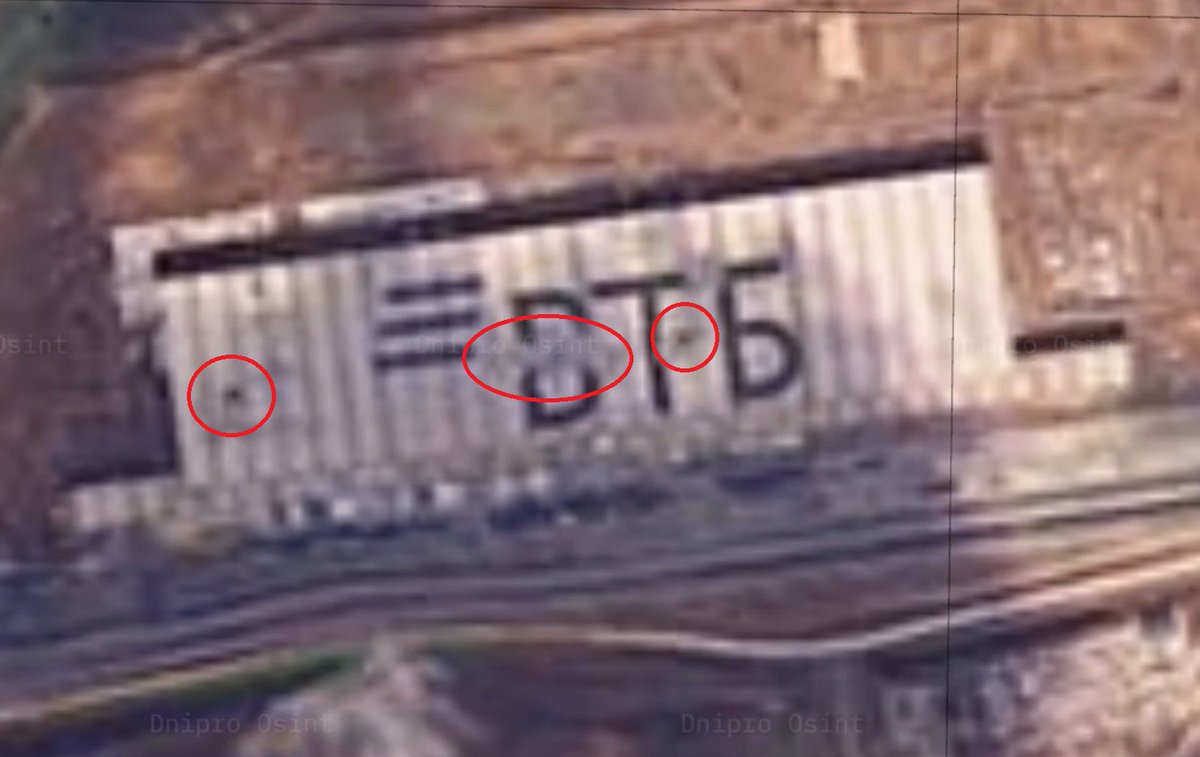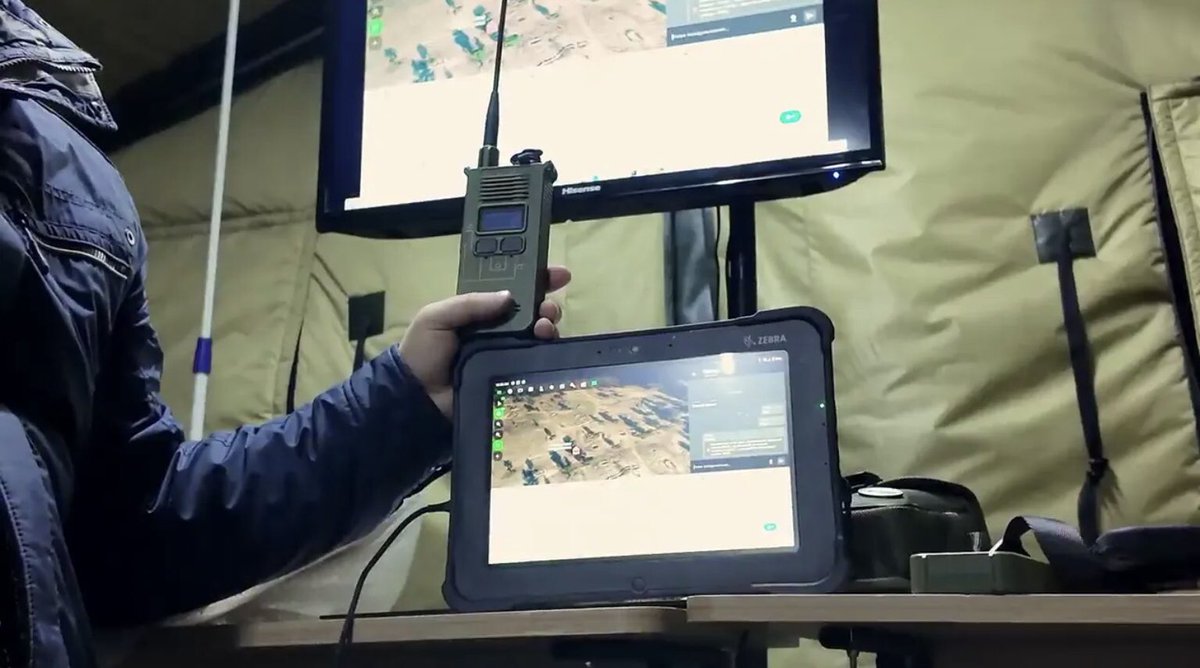Ukraine's reports that strikes on Russian production and storage facilities of Shahed (Russian: Geran-2) strike UAVs reduced the number of their launches by a third in August, from 6302 to 4132.
1/ Militarnyi.com
1/ Militarnyi.com

The Russian practice of accumulating Shaheds for massive attacks every 3-4 days was also diminished, with the maximum attack in July of 728 drones reduced to 110 in August.
2/
2/

The Izhevsk Electromechanical Plant "Kupol" that produces chips for military drones was struck in July, destroying four production workshops.
The company completely stopped working.
3/
The company completely stopped working.
3/

On July 4, a facility near Moscow for the production of Shahed warheads was struck.
Fires and heavy smoke were recorded.
Also near Moscow the Krasnozavodsk Chemical Plant that supplies thermobaric compounds for warheads was struck.
4/
Fires and heavy smoke were recorded.
Also near Moscow the Krasnozavodsk Chemical Plant that supplies thermobaric compounds for warheads was struck.
4/

A ship carrying components for Shaheds from Iran was sunk on Aug 14 by a long-range Ukrainian UAV near the pot of Olya on the Caspian Sea.
This logistics network allows Russia to increase the rate of production of Shaheds.
5/
This logistics network allows Russia to increase the rate of production of Shaheds.
5/

Also in August a logistics warehouse in Tatarstan 1300 km from Ukraine that stores completed Shaheds was struck twice.
Satellite images confirmed six hits on the facility, destroying large stocks of the drones.
6/
Satellite images confirmed six hits on the facility, destroying large stocks of the drones.
6/

Ukrainian intelligence estimates that Shahed production was 170 units per day, with plans to increase production to 190.
The losses caused by the various Ukrainian strikes may prevent this increase, and production may indeed fall below 170 units per day.
7/7
The losses caused by the various Ukrainian strikes may prevent this increase, and production may indeed fall below 170 units per day.
7/7
• • •
Missing some Tweet in this thread? You can try to
force a refresh












